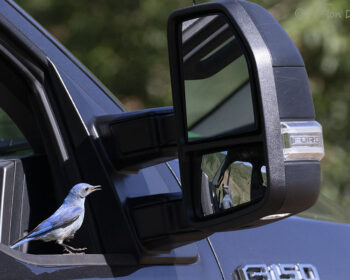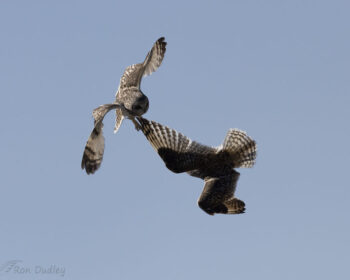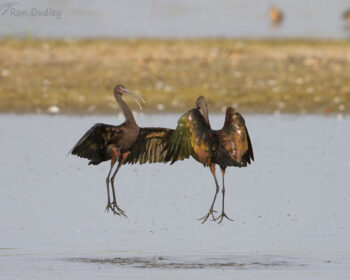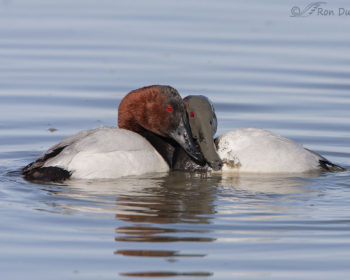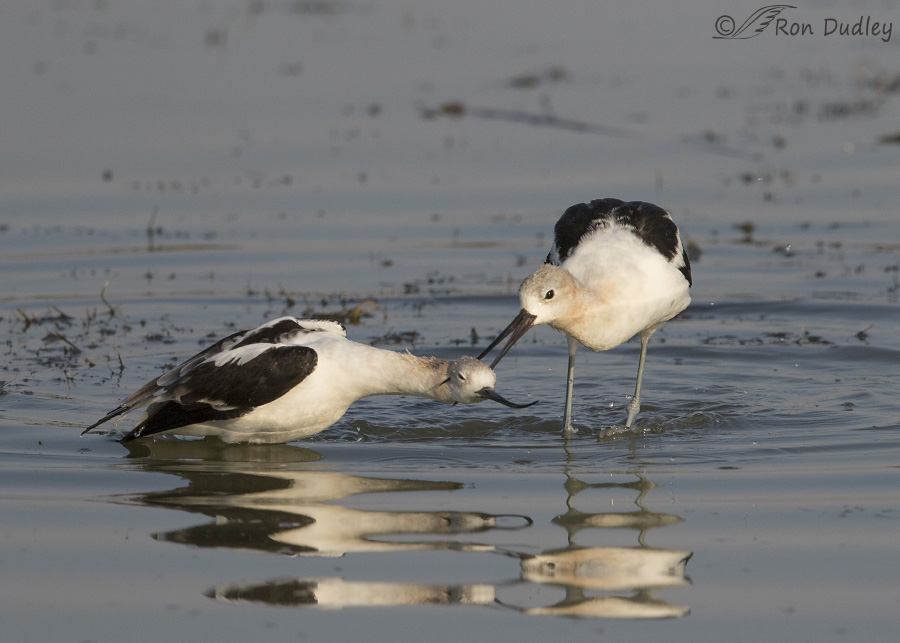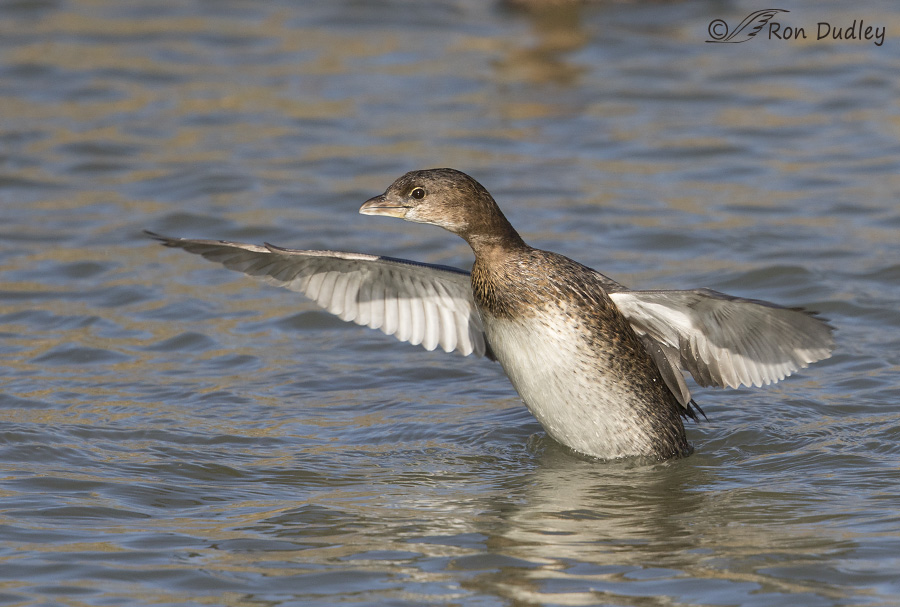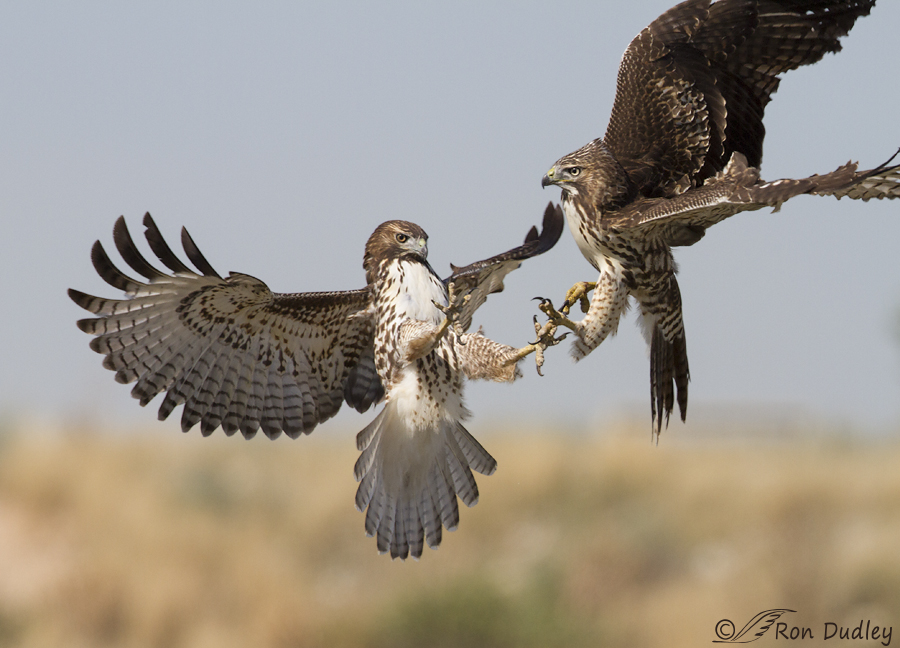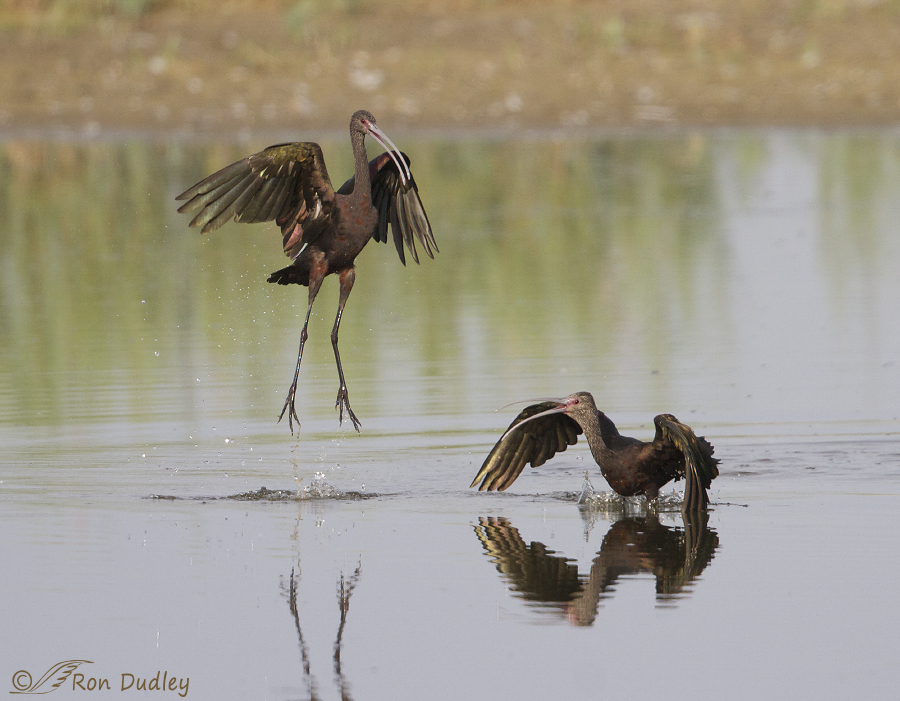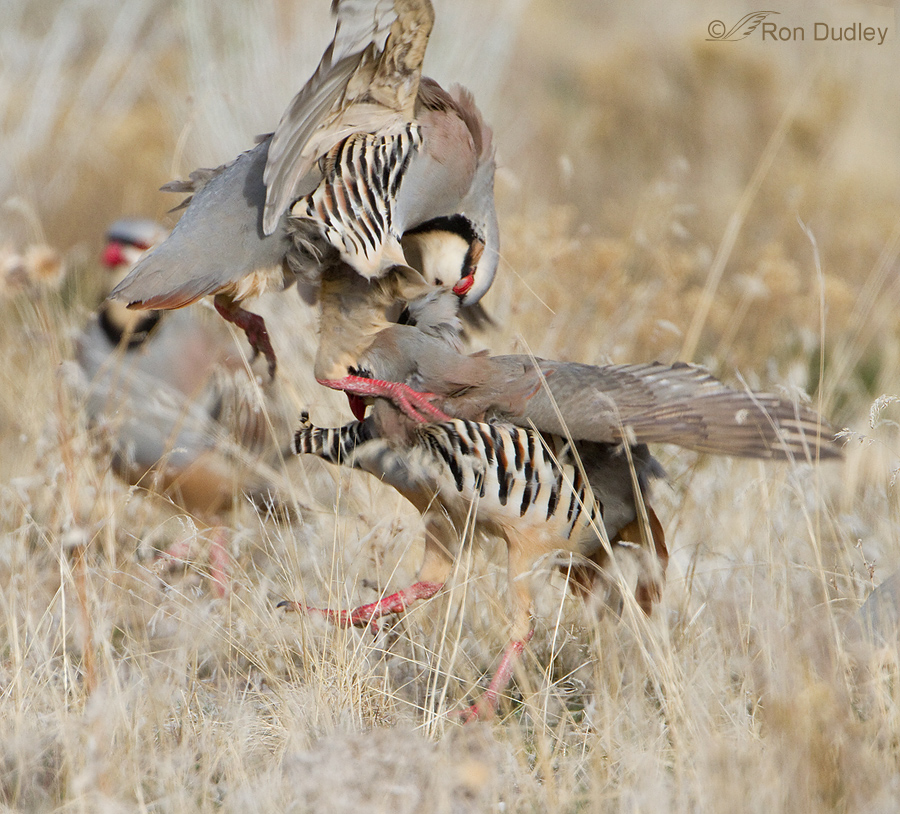Tag: agonistic behavior
Fighting Short-eared Owls – The Rest Of The Story
This Is What A Progressively Angry Snowy Egret Looks Like
White-faced Ibises Fighting
Canvasbacks – Is It Love Or Is It War?
American Avocet With A Death Grip On A Rival
A PB Grebe Behavior Explosion On The Farmington 4-Way Pond
Fighting Red-tailed Hawks
Fighting White-faced Ibises (11 images)
Chukars – Fighting Takes Its Toll
Coot Running Through Walls Of Water
Coots are quarrelsome, belligerent and cantankerous, especially the males in springtime before the females lay their eggs. Sometimes weaker combatants are killed.
Fighting Male Short-eared Owls
I’ve posted once before about the fighting Male Short-eared Owls I photographed in south-west Montana but I spent several days with these sparring birds and thought they deserved some more attention on my blog.
Attack Of The Shoveler
Most Northern Shovelers breed far north of my area (northern Utah) so I rarely get to see their intensely agonistic breeding behaviors but I’ve seen and photographed some of it in mid-June at Red Rock Lakes National Wildlife Refuge in sw Montana. Northern Shovelers are the most territorial of all dabbling ducks and the sexes remain paired longer than any other species. Both of these factors contribute to their aggressive natures. These three sequential shots don’t have great image quality but I do think they illustrate some interesting behavior. 1/2000, f/7.1, ISO 500, 500 f/4, 1.4 tc I’d been photographing Short-eared Owls from my pickup but was aware of some activity from shovelers in the marshy grasses nearby. A commotion got my attention just in time to see the male on the right fly in to attack another male on the water. The second bird saw the attack coming and decided that discretion was the better part of valor and rose from the water in a hasty retreat. I like the non-plussed look of the retreating bird. 1/2000, f/7.1, ISO 500, 500 f/4, 1.4 tc In this second image of the series it’s not clear if the open bill of the incoming bird is due to aggressive vocalization or an attempt to bite the other male. 1/2000, f/7.1, ISO 500, 500 f/4, 1.4 tc But in this last image I think it becomes obvious that the intent was to bite the retreating duck. Bird behaviors fascinate me. They’re often both interesting and entertaining but many of…
Mean-fighting Coots
American Coots are, without question, the most aquatic, common and widely distributed rail species in North America. Clumsy and awkward fliers, they require long running take-offs to become airborne but they are skilled swimmers – largely due to their lobately webbed toes. And oh, are they ever ornery! But first, allow me to make a few excuses… These images of fighting coots were taken several years ago when I was relatively new to photography. My settings weren’t particularly appropriate so I’m not including them here. And most of these photos were shot in JPEG rather than RAW, so my processing options were extremely limited when I tried to adjust exposure, so the frustratingly white bill is pretty bright in a few of these images. This is one of the aggressive postures used by males to challenge other males. Whenever I see this I know that all hell is about to break loose and I’d better be ready. In my experience, coots have two primary fighting strategies. One is for each bird to lie on their backs in the water while propped up by their wings and tails and strike out at each other with their feet and claws. In this fighting position, their defense is to try to grasp the opposing birds feet. Here we get a good look at those unusual lobed toes. If they become locked together they then fight with their bills. The second fighting strategy uses bills and wings as weapons. If one bird gains the advantage it often tries to force its opponent underwater. The losing bird…
Agonistic (fighting) Behavior in Male Short-eared Owls
I recently returned from one of my favorite places in the world – Red Rock Lakes National Wildlife Refuge. Last year I was able to photograph nesting Short-eared Owls carrying voles to their young but this year, because of the very cold spring, nesting hadn’t even begun. Instead the owls were competing for territory and mates and pairing up. On one morning I was incredibly lucky to find two males trying to impress a female with their aerial prowess and fighting skills. They were so engrossed in their activities that they pretty much ignored me. Canon 7D, 1/2000, f/7.1, ISO 500, 500 f/4, 1.4 tc Often one male would be on the ground when the other male would swoop in on him. Here the foreground bird has just lifted off to meet his adversary. Canon 7D, 1/2000, f/7.1, ISO 500, 500 f/4, 1.4 tc As was often the case the birds didn’t make actual contact. In researching this behavior I’ve learned that they will sometimes lock talons and fall to the ground before releasing. I suspect that as they rush toward each other they look for a weakness in defense – if they spot one in the other birds defensive body position they would likely make aggressive contact. Canon 7D, 1/2000, f/7.1, ISO 500, 500 f/4, 1.4 tc Most of the time both birds stayed on the ground or flew very low but occasionally one of the owls would fly several hundred feet up and circle over the other male (and the female, who was…


